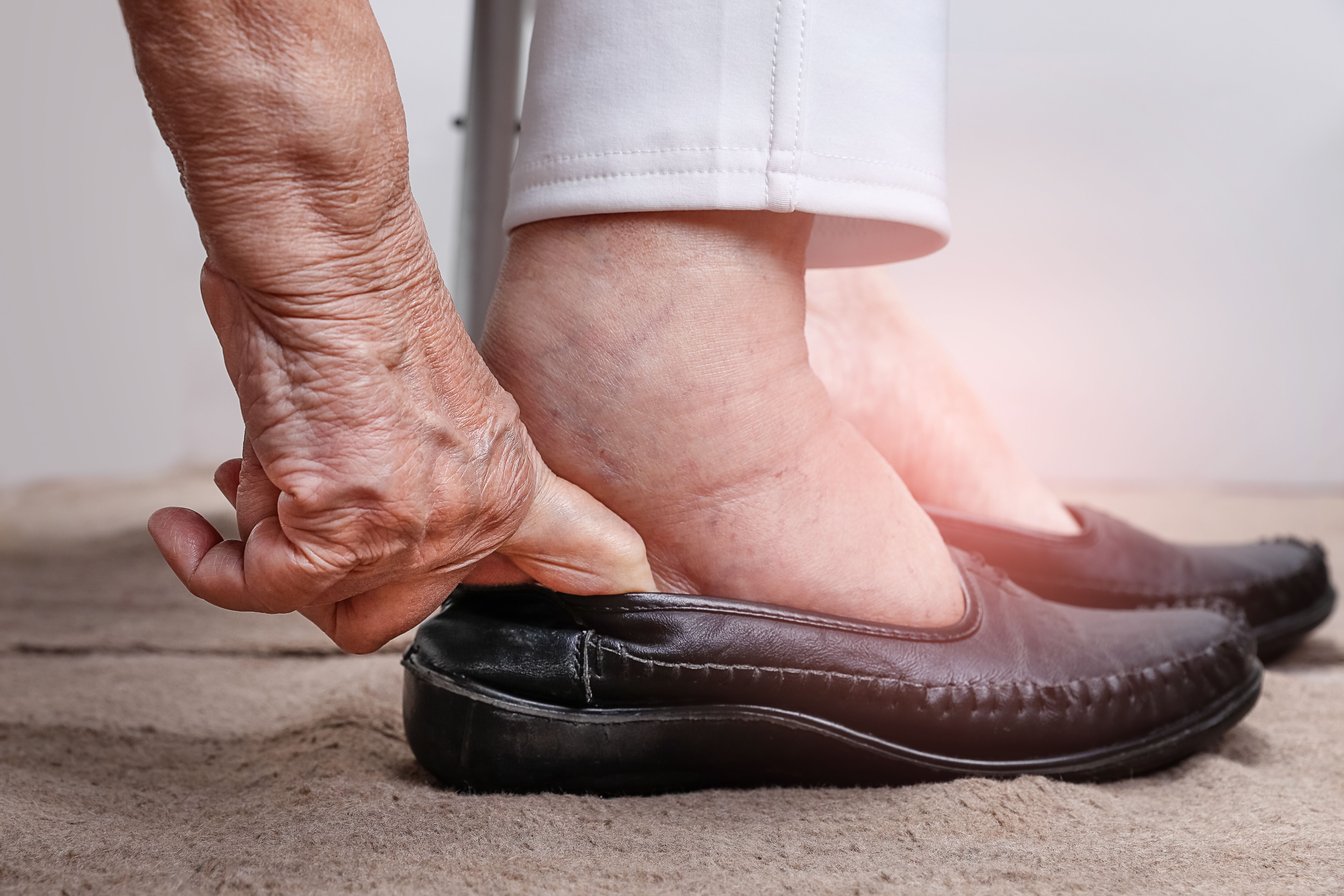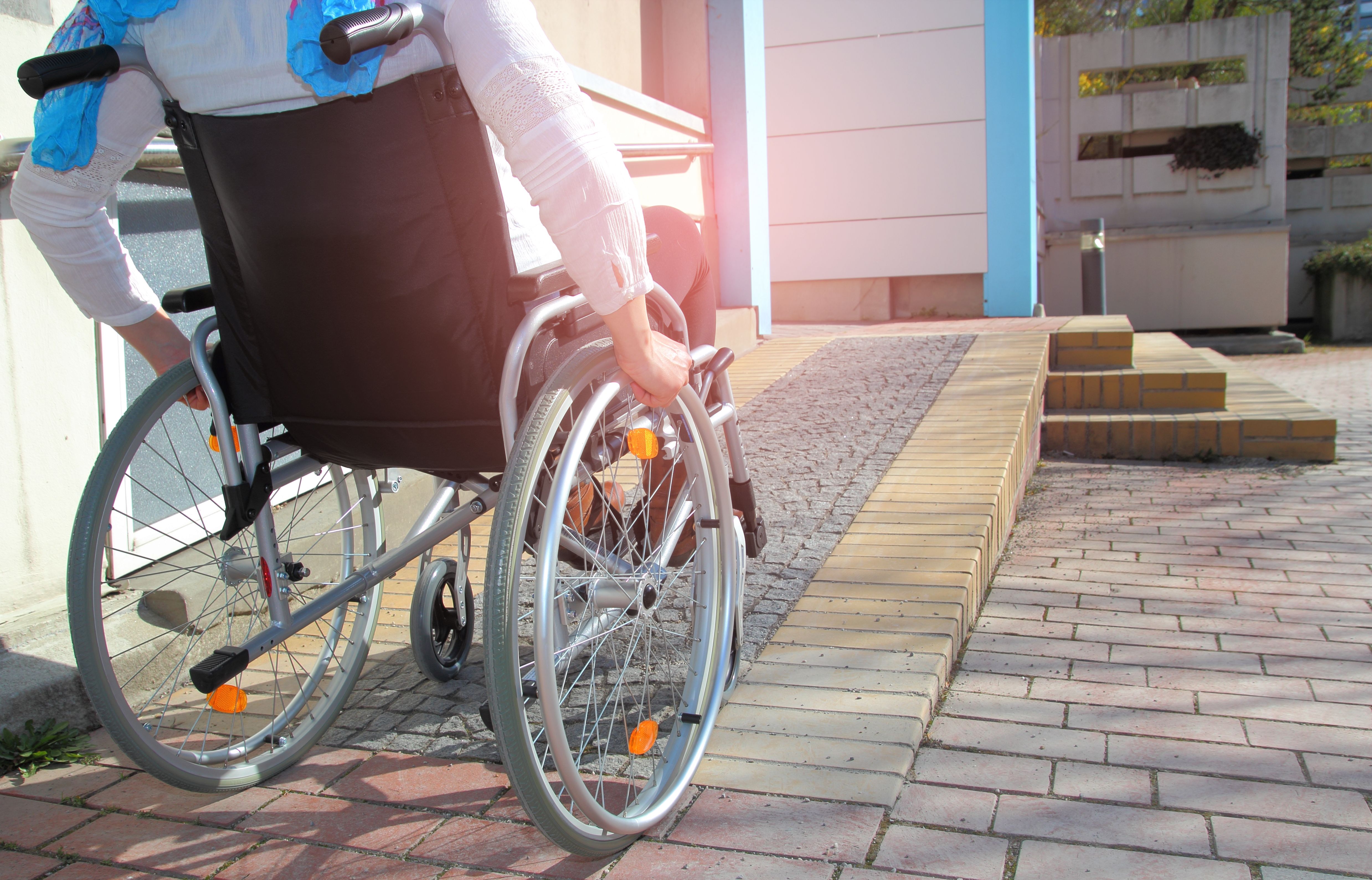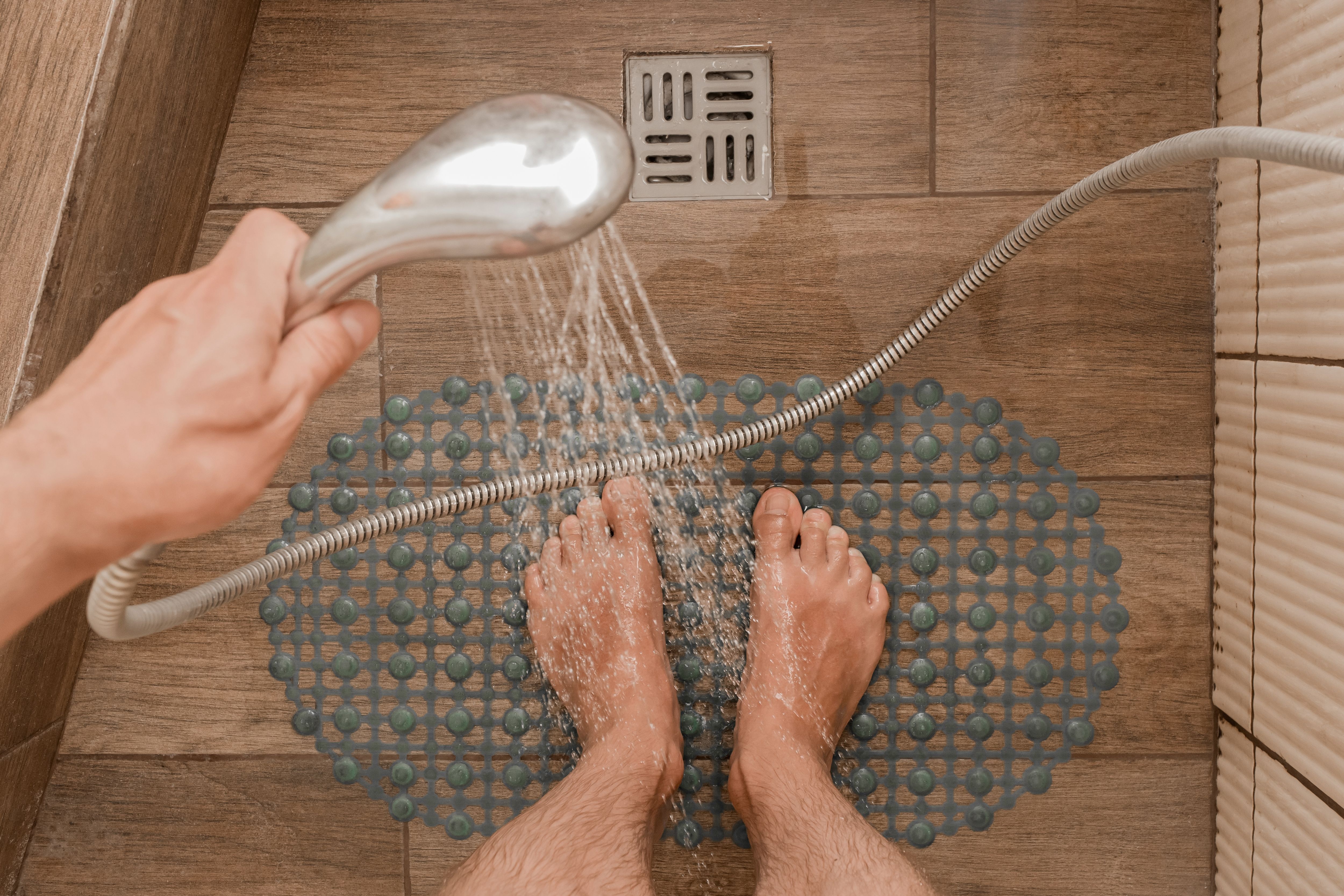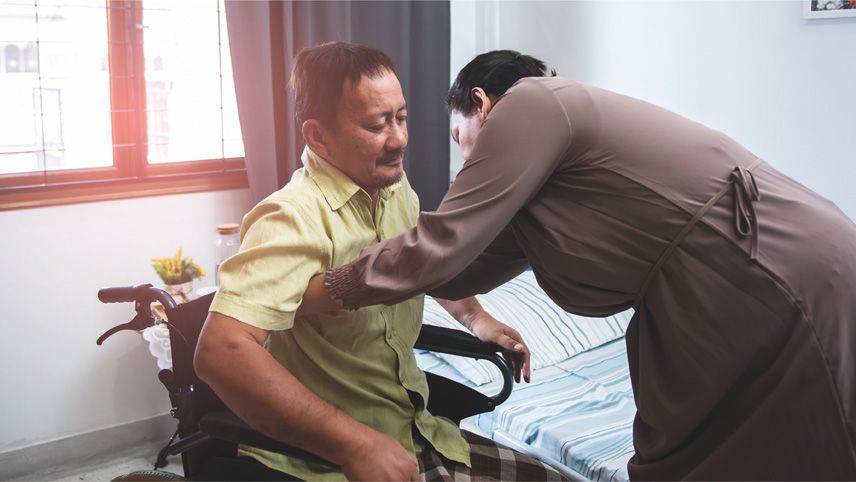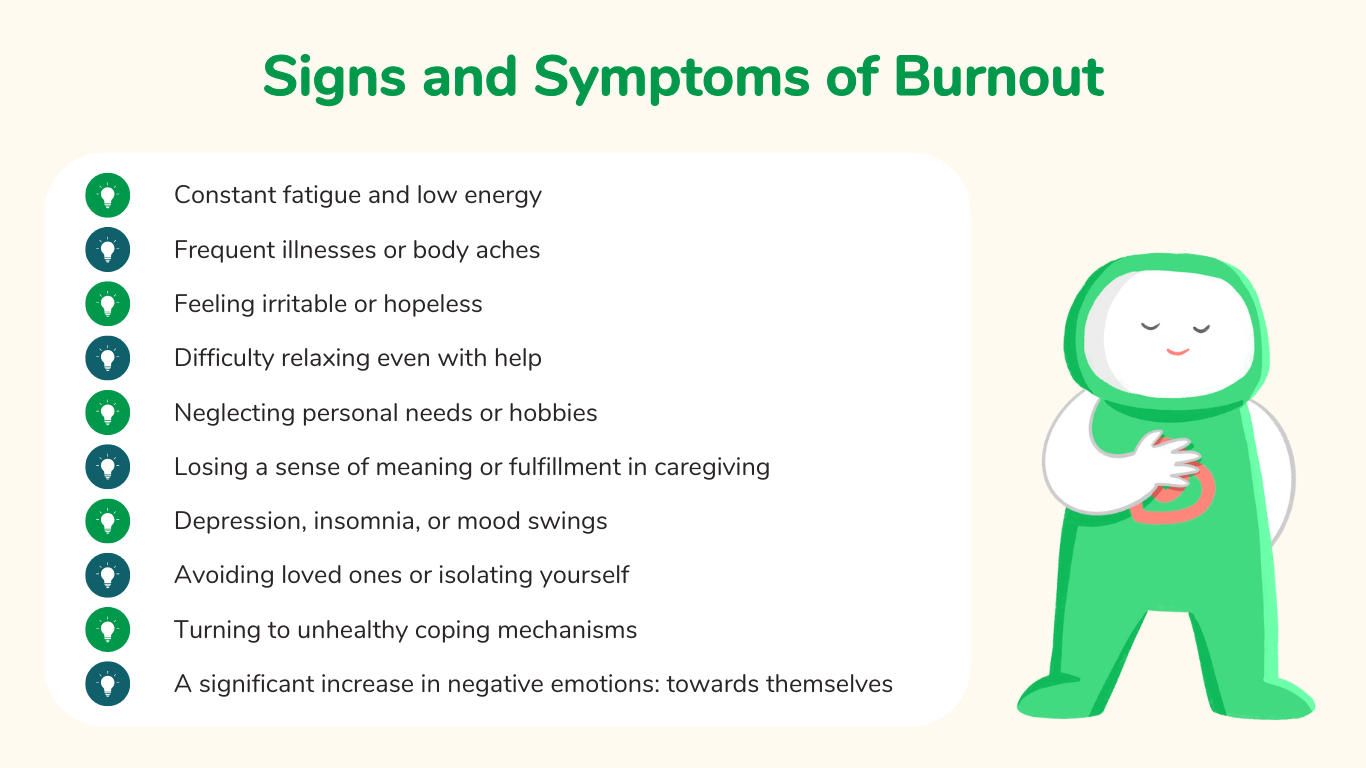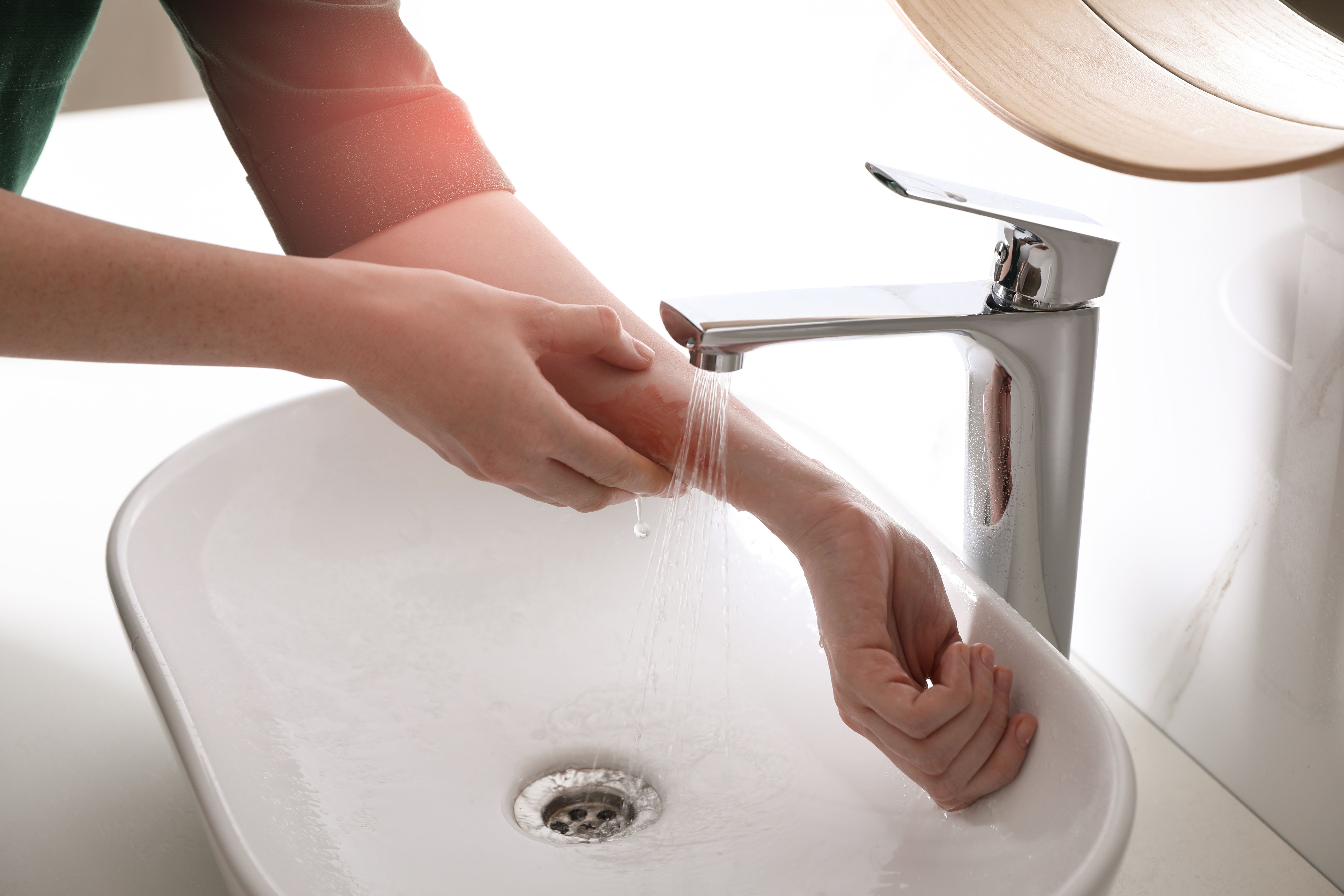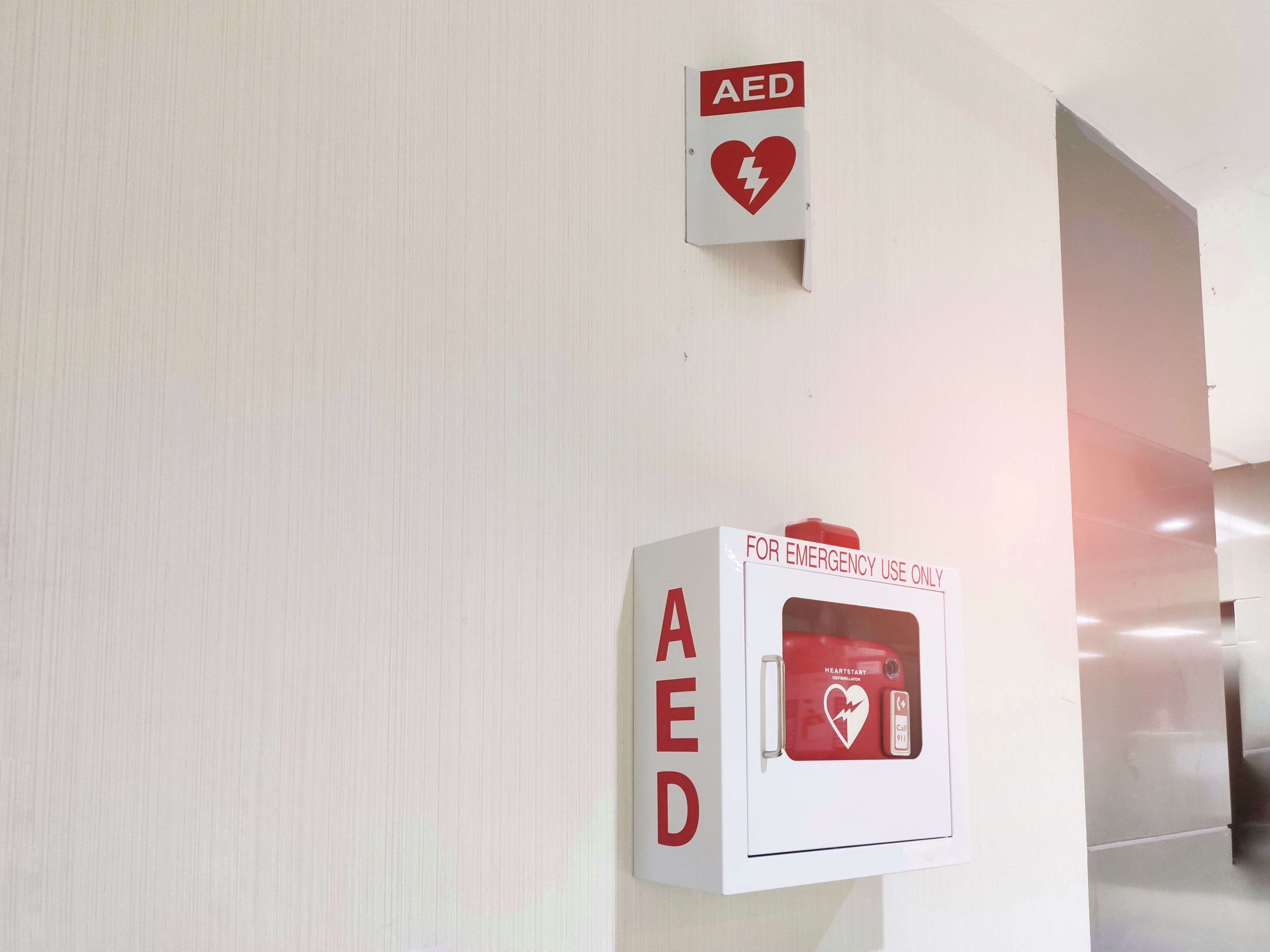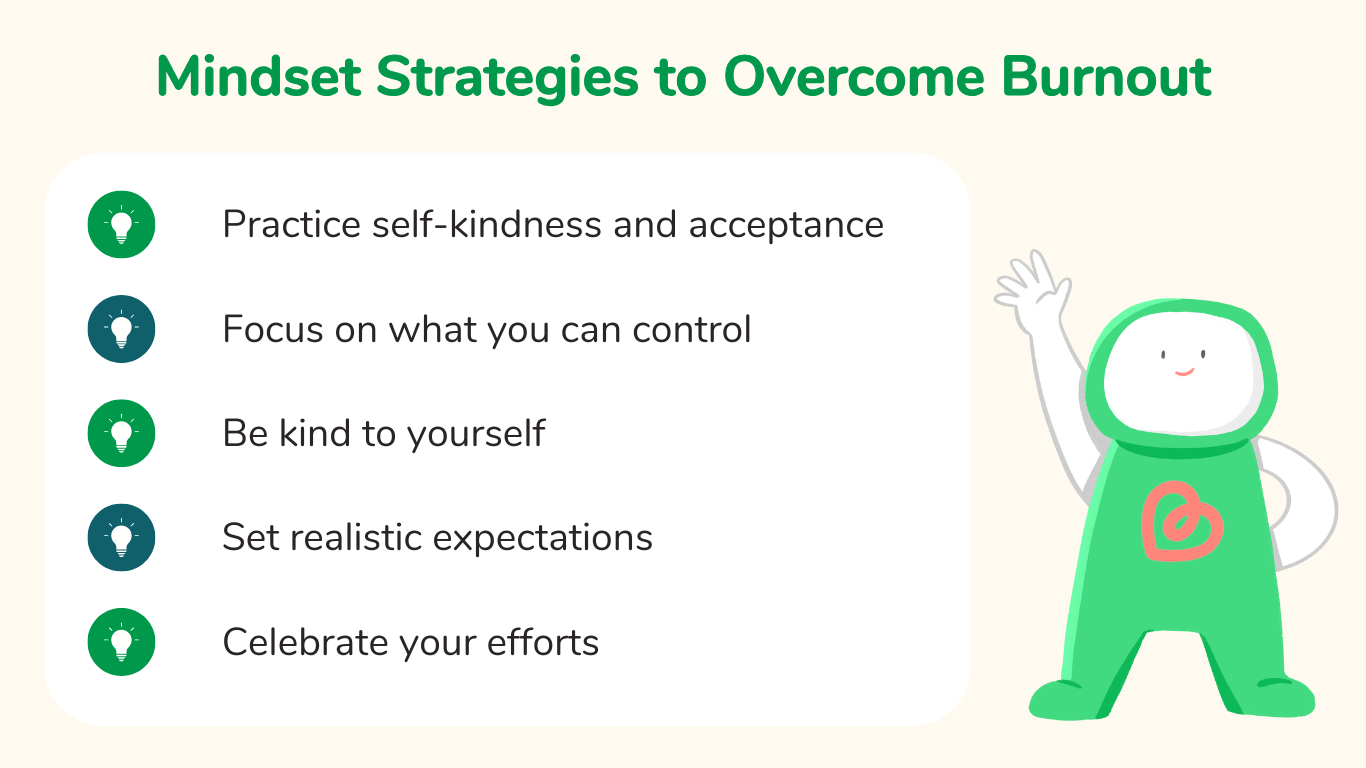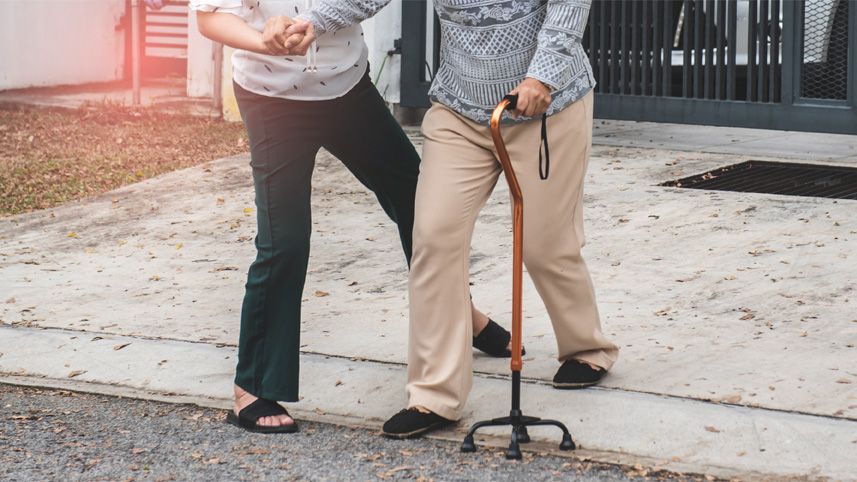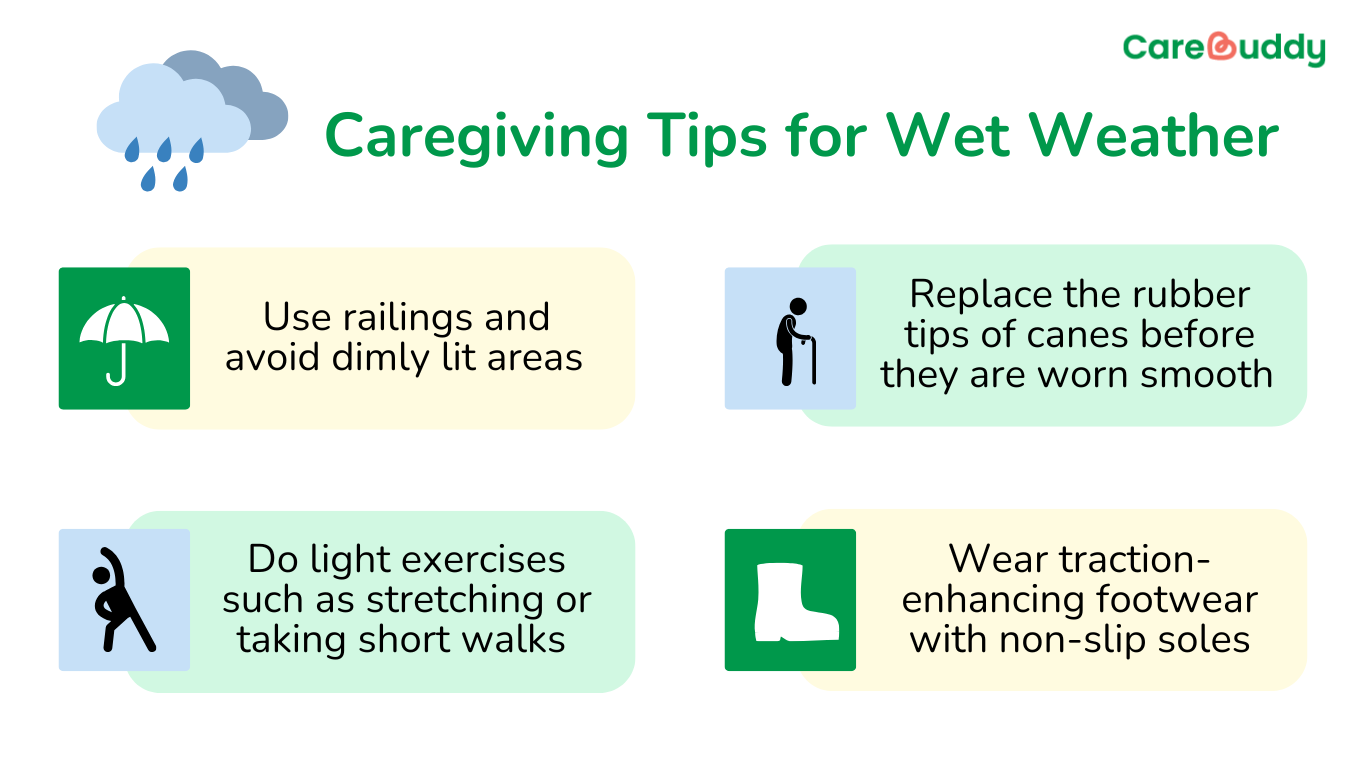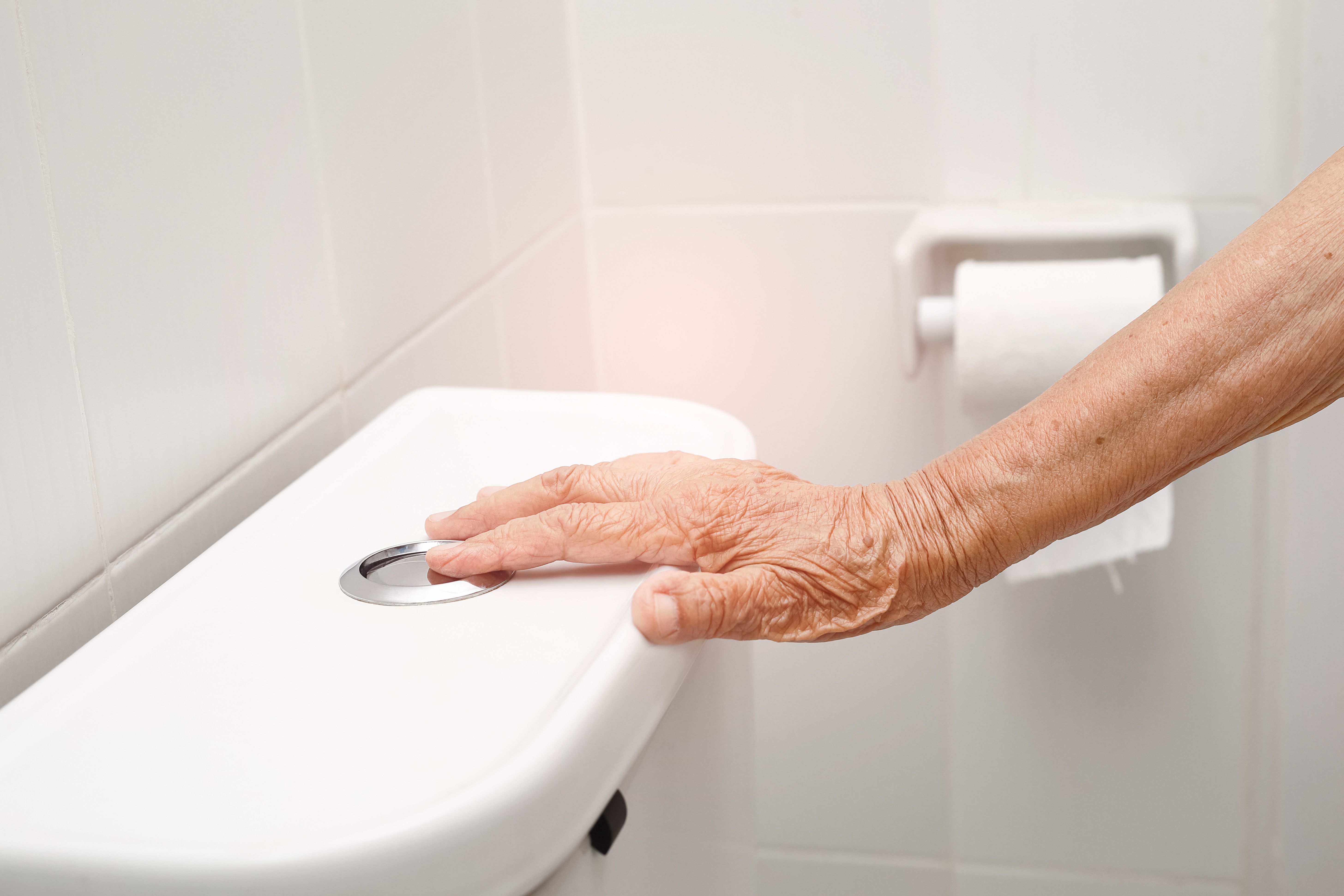Keep them moving: Here’s how you can help a wheelchair user who needs moderate assistance
- CareBuddy
- 4 Mins Read
- 11 Oct 2022
- Elderly Care

A wheelchair can be part of short-term recovery for some and a lifelong companion for others. Either way, it’s never fun. But the right kind of care can make things a little less depressing. The care needed can be a bit different depending on whether the wheelchair user is largely independent, needs minimal assistance, or needs moderate assistance.
In this article, we’ll look at how a caregiver can assist a care receiver who needs moderate assistance in their use of a wheelchair. For wheelchair users who can independently use a wheelchair, check out [Link to our independent user article]. For wheelchair users who need minimal assistance, read [Link to our minimal assistance article]
Let’s take the example of a care receiver with right-sided weakness:
- Adjust your position lower to the care receiver’s eye level and introduce yourself.
- Inform the person that you need them to turn towards you so that you can check how well they are.
- Obtain consent to hold and assist them.
- Position the wheelchair at their strong side (left in this case) at an angle of 45 degrees from the bed.
- Ensure that the wheelchair wheels are locked.
- Ensure that the wheelchair’s wheels are locked.
- Guide the person to place their weaker arm across their body.
- Help them bend their knee.
- Instruct them to turn their face towards you. Guide them at the shoulder and hip if necessary.
- Assist them to put their legs down.
- Stabilise their hip and ask them to push up to sitting on the edge of the bed. Encourage them to be self-reliant by asking them to place their left elbow and hand on the bed so that it’s easier to sit up.
- As the care receiver’s position has changed, ask whether they feel dizzy. Lower the bed such that they can place both their feet flat on the floor. Place their knees and feet at a right angle.
- Lower the bed.
- Assist them to shuffle forward.
- Tilt them to their left and pull their right hip forward.
- Tilt them to their right and pull their left hip forward.
- Ensure that both their feet are placed flat on the floor.
- Bring the wheelchair closer to their stronger arm.
- Direct them to place their stronger arm onto the armrest of the wheelchair.
- Stabilise their knees between yours.
- Lower yourself to their eye level by bending your knees and hips but keeping your back straight.
- Inform them that on the count of three you need them to stand up, turn and sit on the wheelchair.
- To transfer, lean them forward, pivot at their knees and bring the hips over the wheelchair.
- Assist them to sit well in the wheelchair.
- Make sure their feet are carefully placed on the footplates. Help them disengage the brakes so that they can start moving the wheelchair.
These are the steps to assist a care receiver who needs moderate assistance to use a wheelchair.
Article reviewed by Loh Wan Ying, HMI.




